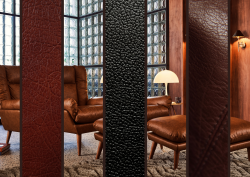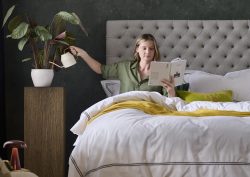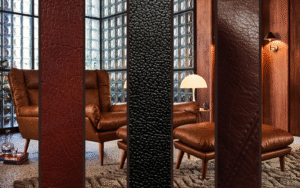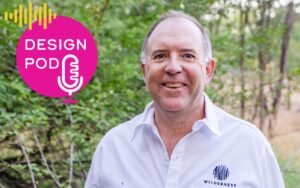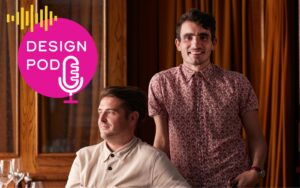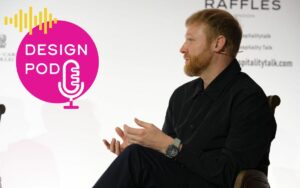In the Lancashire market town of Barnoldswick, the science of sleep and the reassurance of a decent night’s kip – done safely and sustainably – has become an art. Stepping into the Silentnight factory, Deputy Editor Meghan Taylor discovers just how the ‘UK’s most trusted sleep brand’ do it…
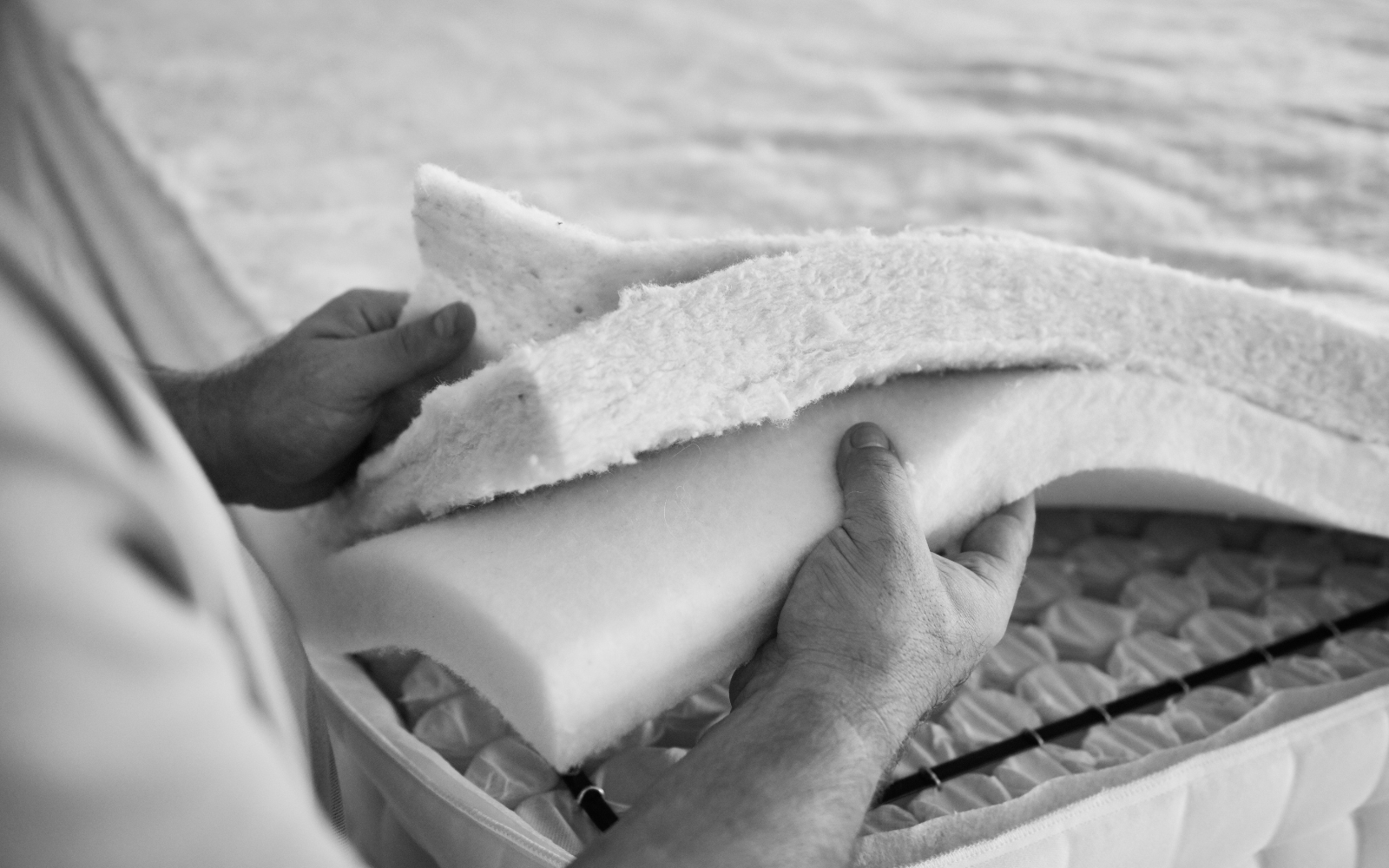
From the delicate stitching of borders and quilting to the precise choreography of springs, fillings, and covers, Divan bases and headboards, Silentnight’s factory is where comfort is engineered piece by piece, layer by layer. Even the on-site laboratory – where mattresses and beds are cut, burned, and battered in the name of science – plays its part in perfecting quality.
Immaculately kept and expertly streamlined, from the offices out front to the factory floor out back. At the building’s entrance, a reminder of the company’s purpose: a vast display bed, heaped with soft pillows and flanked by Silentnight’s well-known hippo mascots, which underscores that while science drives the brand, the ultimate goal is simple – sleep.
A lean approach
A bright, airy and cool space – even in the summer’s heatwave temperatures – out on the factory floor, there is a hive-like bustle of rhythmic activity.
My tour began at the border section, a critical part of the production line that, like much of the site, has undergone a significant transformation in the past year. Working alongside the Kaizen Institute, the factory has embraced lean manufacturing principles for the betterment of production and staff wellbeing, streamlining workflow and reducing unnecessary movement and idle time.
Chelsea Parker, Project Delivery Support Manager, with 14 years of experience, explains how the old system involved a lot of walking between disconnected stations. Now, the factory operates in a cohesive ‘cell’ format: materials enter at the back, progress through sequential stations, and exit ready for assembly. “Before Kaizen, processes were scattered,” she says. “Now, everything flows logically, minimising downtime and maximising efficiency.” An important factor when the factory manufactures over 750,000 mattresses per year.
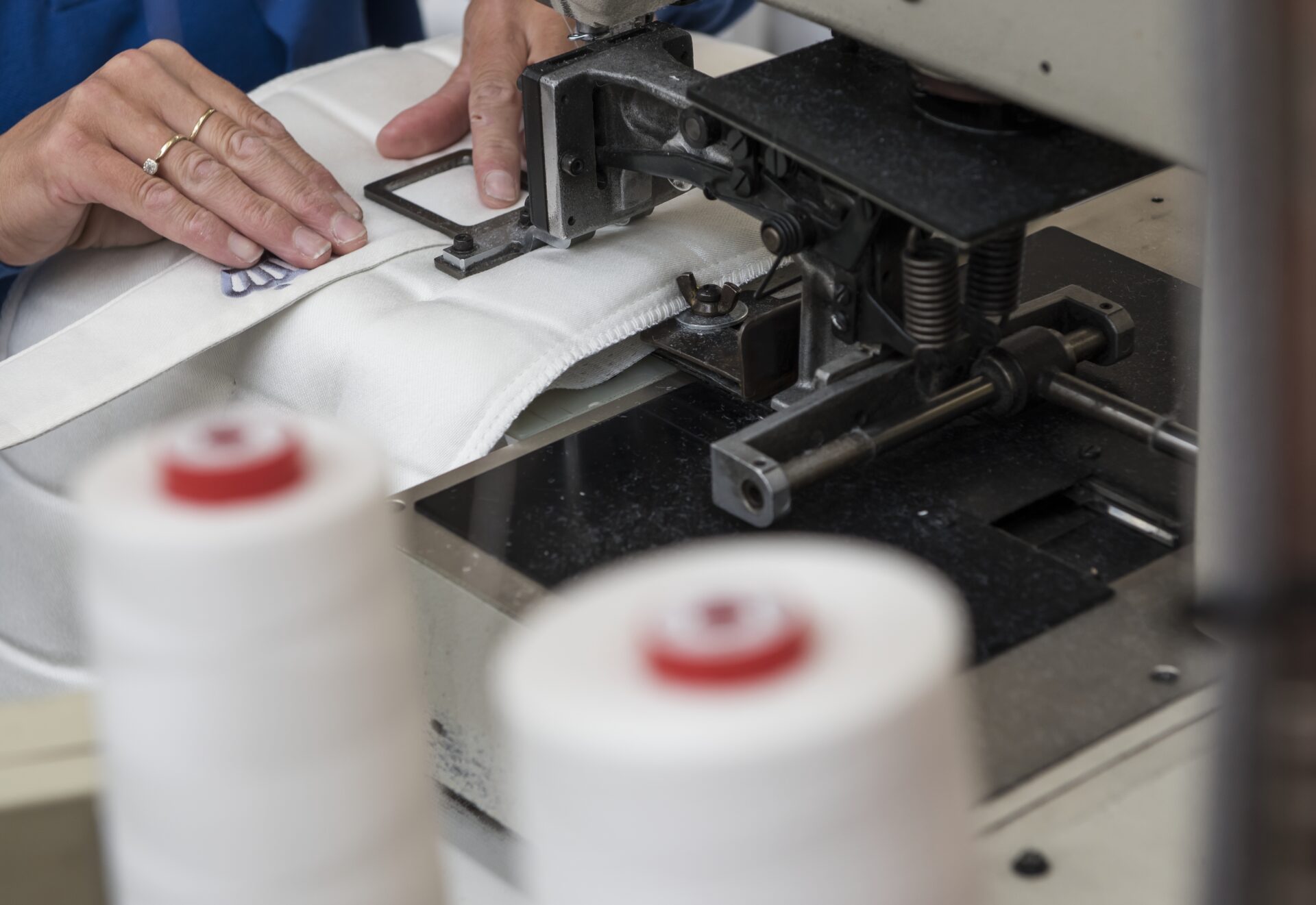
Image credit: Silentnight
The art of detail
Walking past rows of machines, it becomes immediately apparent how varied the Silentnight product range is. Some borders are two-part, others three-part, each designed to differentiate between consumer and contract mattresses. For high-volume contract orders, such as Premier Inn, simpler border designs suffice; for retail customers, aesthetic elements like simulated side stitching, intricate quilting, or personalised embroidery (like your name) elevate the look.
Across the factory, quilting machines hum steadily, stitching polyester layers with precision. Some machines even simulate hand-stitched side stitching, giving a handcrafted appearance to an industrial process. Overlocking machines secure the edges of the quilt lids, ensuring neatness and durability. Meanwhile, tufted mattresses, the premium offering, feature hand-applied tufts to hold fillings in place – a traditional, tactile finish that emphasises craftsmanship.
Materials and sustainability
Keenly working towards B Corp certification, among other aspects, Silentnight prides itself on sourcing roughly 80% of its materials locally from suppliers within Lancashire. Rolls of fabric, polyester fillings, and spring units arrive daily, while select components like foam cores or specialty fabrics are imported. Each layer, from insulator pads to comfort layers, is carefully planned to ensure not only quality but also sustainability.
A key innovation is the focus on recyclability. Mattresses are designed with discrete components and layers, allowing old products to be deconstructed efficiently at the end of their life; decreasing the amount of waste and increasing the availability to recycle. With mattresses designed in layers, the brand is also able to offer partial replacement services too, increasing the longevity of a mattress.
For contract clients, Silentnight also offers a full installation and recycling service: old mattresses are removed, disassembled, and sent to recycling facilities, ensuring materials like polyester underlays and insulation are reused wherever possible.

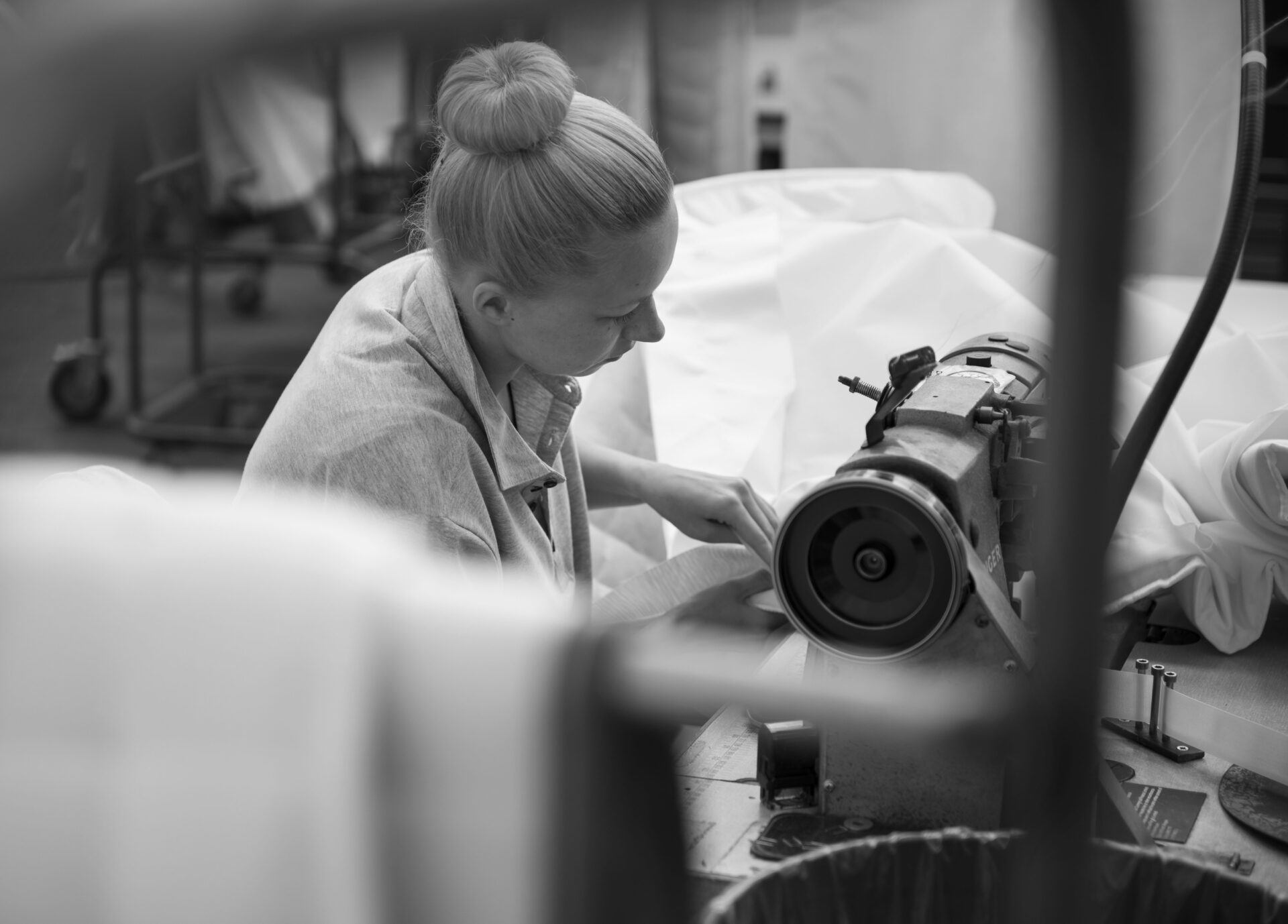
Image credits: Silentnight
Assembly lines: from cells to completed beds
Moving to the assembly area, the scale and organisation of the operation is impressive. Prepped borders, quilted lids, and fillings are fed into multiple ‘cells’, each dedicated to specific mattress types – micro-quilts, tufted, or contract mattresses. Operators follow precise work tickets, selecting layers in sequence to maintain consistency.
Spring units are prepared in parallel, with pocket springs sewn and contoured for support. Like a ballet, the assembly team applies layers, tapes edges, and glues quilted lids in place. Each mattress is barcoded for tracking, providing full traceability from raw materials to finished product. This meticulous attention ensures that even high-volume orders maintain exacting standards.
“The tape machines here are the most skilled part of the factory,” Chelsea explains. “Training takes about 16 weeks to reach full competency, but it ensures every mattress is finished perfectly.” Quality control is continuous, with inspectors positioned at the end of every belt (of which there are several), ready to remove any product that does not meet standards. Once quality is assessed and passed, protective corner pads and wrapper bags safeguard mattresses during transit.
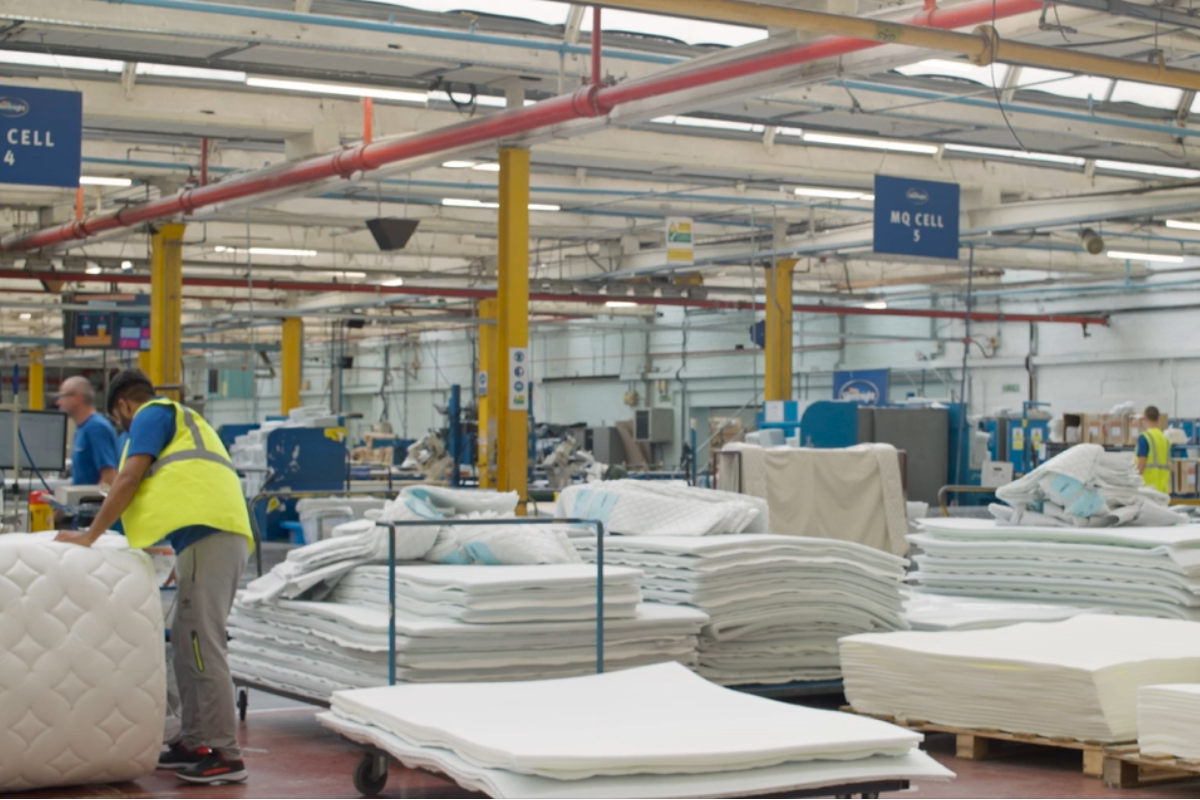
Image credit: Silentnight
Embracing ergonomics and technology
Efficiency isn’t just about workflow; it is also about the workforce. Stand-up machines, introduced as part of the Kaizen improvements, have improved posture and speed, allowing operators to work more comfortably over long shifts. Cutting-edge machines automate sizing, cutting, and handle placement, reducing manual effort and improving safety, while maintaining accuracy. New overlocking and quilting machines further streamline production, replacing older machinery with high-tech alternatives that improve both quality and speed.
Contract and consumer solutions
Silentnight serves a diverse clientele. Consumer mattresses focus on comfort and aesthetic appeal, while contract mattresses for hospitality clients, prioritise durability and efficient installation (though they remain just as aesthetic). Each product line has its own set of processes; for instance, tufted mattresses, with their premium borders and natural fillings, require more hands-on attention than micro-quilts.
Operators kit out mattresses according to individual work tickets, layering insulators, fillings, and quilted lids in order. For contract mattresses, date-stamped fire tickets provide clear manufacturing information, while barcode trackers allow precise asset management. Hotels can monitor mattress lifespans, receive reminders for replacement or rotation, and even trace issues back to individual production batches.
Laboratory tested
At the heart of the Silentnight factory is a dedicated testing laboratory, operating for nearly 50 years and accredited under ISO 9001 and SATRA. Staffed by experienced technicians, the lab carries out extensive in-house and independent tests to British and European standards. Key procedures include roller fatigue tests, where up to 32 stone is repeatedly rolled across a mattress to test material durability and spring-back capabilities, ‘butt tests’ that simulate a 16-stone weight sitting 5,000 times, as well as vertical impact and drop tests, with tougher cycles for contract products.
On occasion, bespoke trials are devised – such as striking a divan base with a sledgehammer to check its durability. Products undergo multiple testing cycles, components are dissected for improvement, and results are benchmarked against industry standards to guarantee long-term comfort, firmness, and safety.
The lab also manages the UK’s uniquely strict flammability regulations, which demand fabrics and fillings withstand cigarette, match, and crib tests. While this often requires flame-retardant chemicals, the team explores safer alternatives, especially for products like pet beds. In addition, Silentnight advises hotels and B&Bs on compliance, conducts comparative testing for clients, and investigates new risks such as lithium-ion batteries. Hotel Designs is currently working with Silentnight on a fire safety Guide to Hotel Design, so stay tuned! By combining durability trials, fire safety assessments, and component analysis, the lab ensures only safe, high-quality, and rigorously proven products leave the factory.
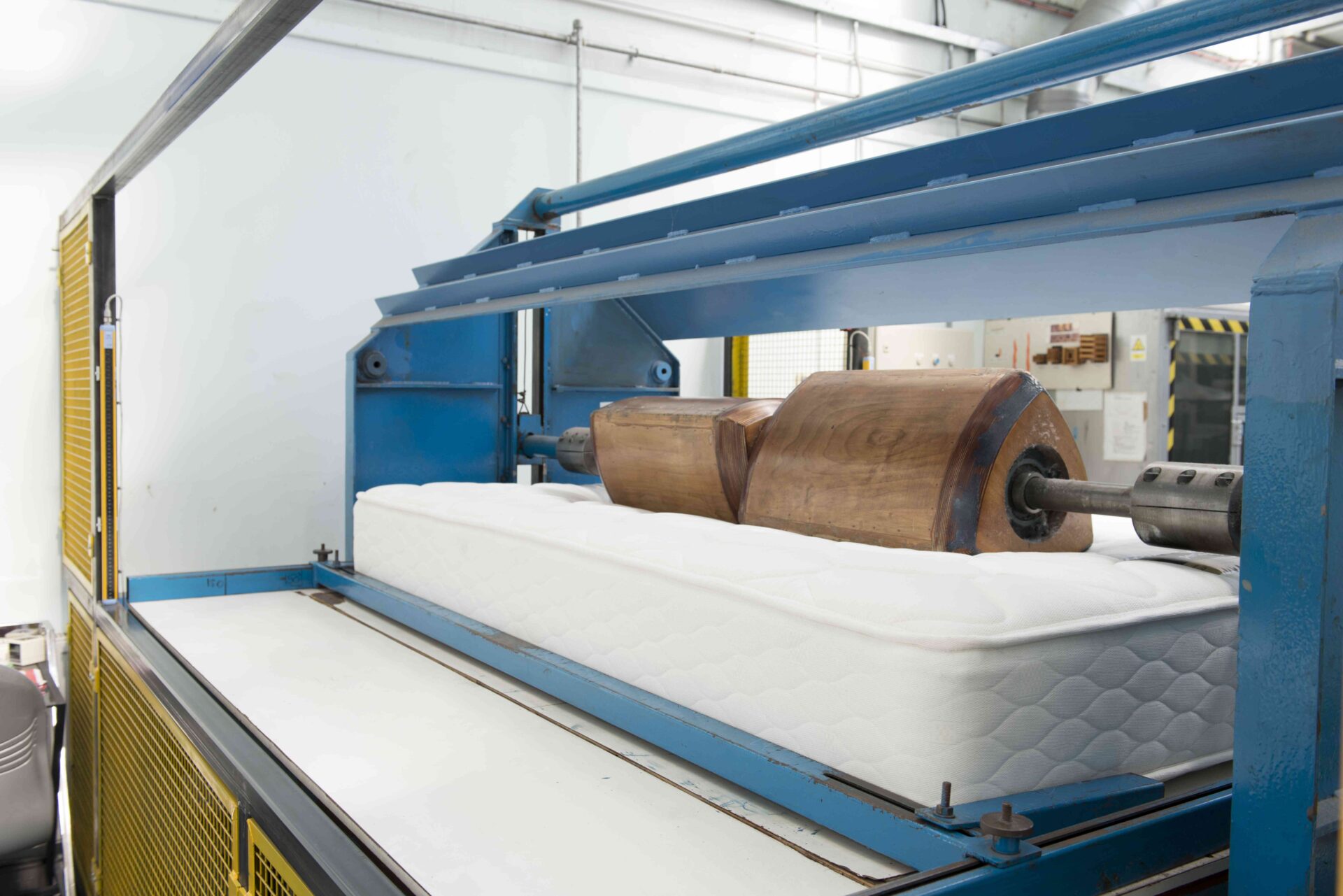
Image credit: Silentnight
Efficiency meets care
Despite the scale, the Silentnight factory maintains a sense of care and precision that many smaller workshops might envy. Every layer, stitch, and tuft is accounted for, from the sourcing of materials to the final QA inspection. Ergonomics, safety, and quality all interweave, reflecting a company culture that values both its people and its products.
The Kaizen process, lean cell systems, and advanced machinery all contribute to a facility capable of producing hundreds of thousands of mattresses per year without sacrificing attention to detail. Sustainability is embedded into operations, with recycling and responsible sourcing considered at every stage. And while the factory hums with industrial precision, the human touch – from overlocked edges to embroidered handles – remains unmistakably present.
From the first bolt of fabric to the finished, packaged mattress ready for delivery, Silentnight’s factory demonstrates that making a bed (and a good night’s sleep) is far from simple – but with the right blend of technology, expertise, and lean thinking, it can be a seamless, sustainable, and remarkably elegant process.
Silentnight is one of our Recommended Suppliers and regularly features in our Supplier News section of the website. If you are interested in becoming one of our Recommended Suppliers, please email Katy Phillips.
Main image credit: Silentnight








